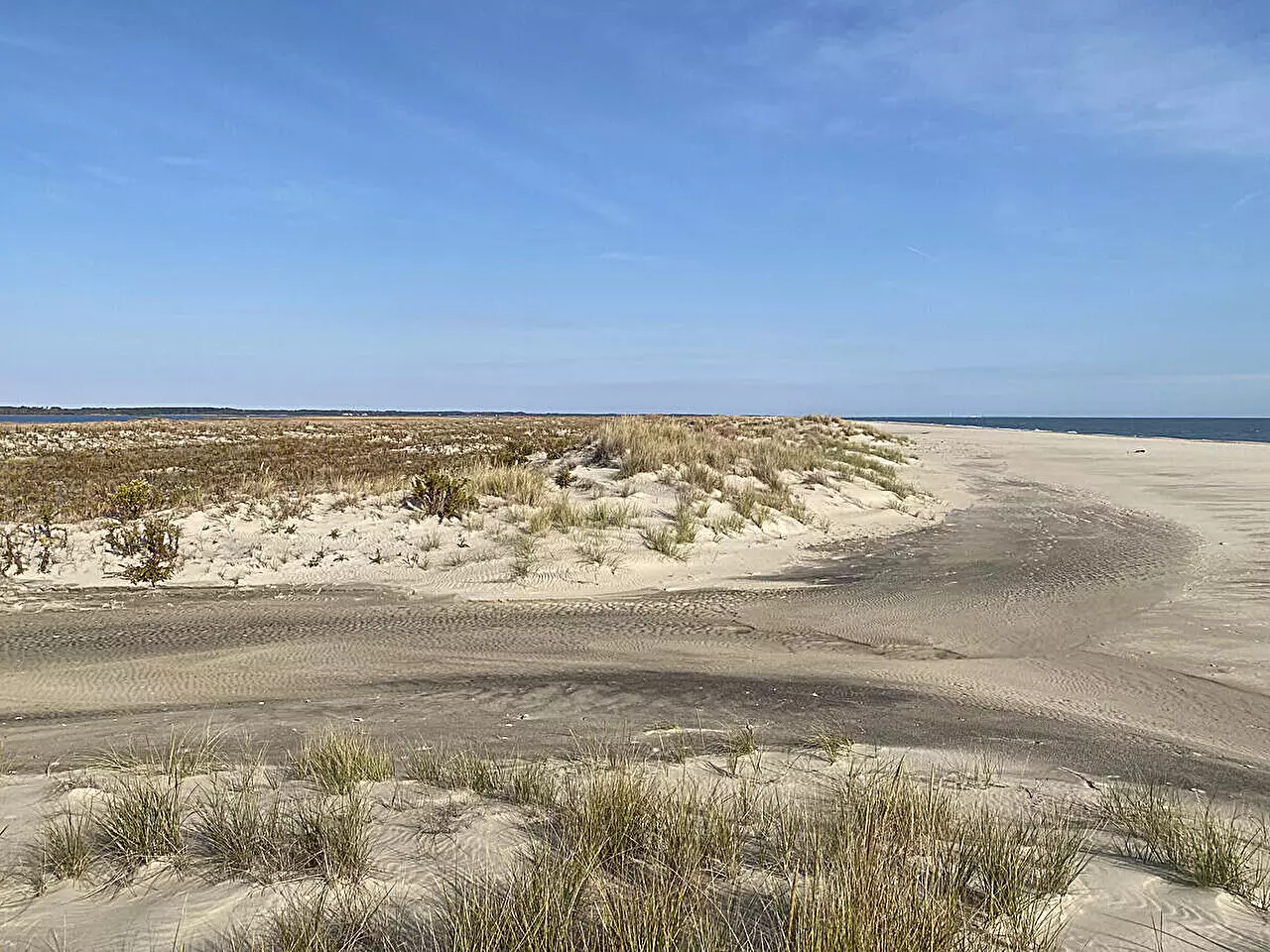Barrier islands play a crucial role in protecting coastlines from the direct impacts of storms and sea-level rise. Composed of sands that are constantly shifting in response to environmental factors such as winds, waves, and tides, these islands act as a buffer, shielding landward areas from the destructive effects of natural disasters. When sea levels rise, natural barrier islands have the ability to migrate landward, helping to maintain their integrity and stability. However, in areas where human development has taken hold, such as along the Atlantic and Gulf coasts in the U.S., these islands are no longer able to naturally respond to environmental changes. The physical structures built on these islands prevent them from moving, leaving them vulnerable to disturbances caused by climate change.
A recent study conducted by Virginia Commonwealth University professor Julie Zinnert and her colleagues focused on understanding the dynamics of barrier islands, specifically looking at how dunes affect ecosystems on nearby interior islands. By studying islands like Hog and Metompkin on Virginia’s Eastern Shore, Zinnert and her team were able to analyze vegetation cover, sediment accretion, and the movement of sediment and water. Their research revealed that dunes play a critical role in determining the resilience of habitats located behind them. Areas with lower dune elevations showed signs of higher disturbance, such as increased soil salinity, lower soil carbon content, and decreased vegetation cover. It was also found that certain dune-building species, like bitter panic grass, were less effective at accreting sediment compared to other species, potentially due to the warming climate in the region.
The Impact of Climate Change on Barrier Islands
As climate change continues to accelerate, the future of barrier islands and dunes becomes increasingly uncertain. With sea levels rising and extreme weather events becoming more frequent, these natural structures are facing unprecedented challenges. Understanding how barrier islands naturally respond to environmental changes, as seen in the largely undeveloped Virginia barrier islands, provides valuable insights into their resilience. By studying these islands, researchers can better predict how managed landscapes may evolve in the face of climate change drivers. Models that simulate climate scenarios for barrier island change utilize data on sediment accretion, vegetation cover, and dune dynamics to forecast how these landscapes may transform in the coming years. This information is crucial for policymakers and conservationists looking to protect these fragile ecosystems along the mid-Atlantic coastline and Gulf coasts.
Moving forward, it is essential to continue studying barrier islands and dunes to better understand how they will respond to ongoing environmental changes. Proposals aimed at evaluating future conditions along the mid-Atlantic coastline and Gulf coasts will play a key role in informing conservation strategies and land management practices. By incorporating data on sediment accretion, vegetation dynamics, and carbon storage, researchers can develop more accurate models that predict the resilience of barrier islands to climate change impacts. This research will not only help protect these vital ecosystems but also guide efforts to mitigate the effects of climate change on coastal regions around the world.


Leave a Reply